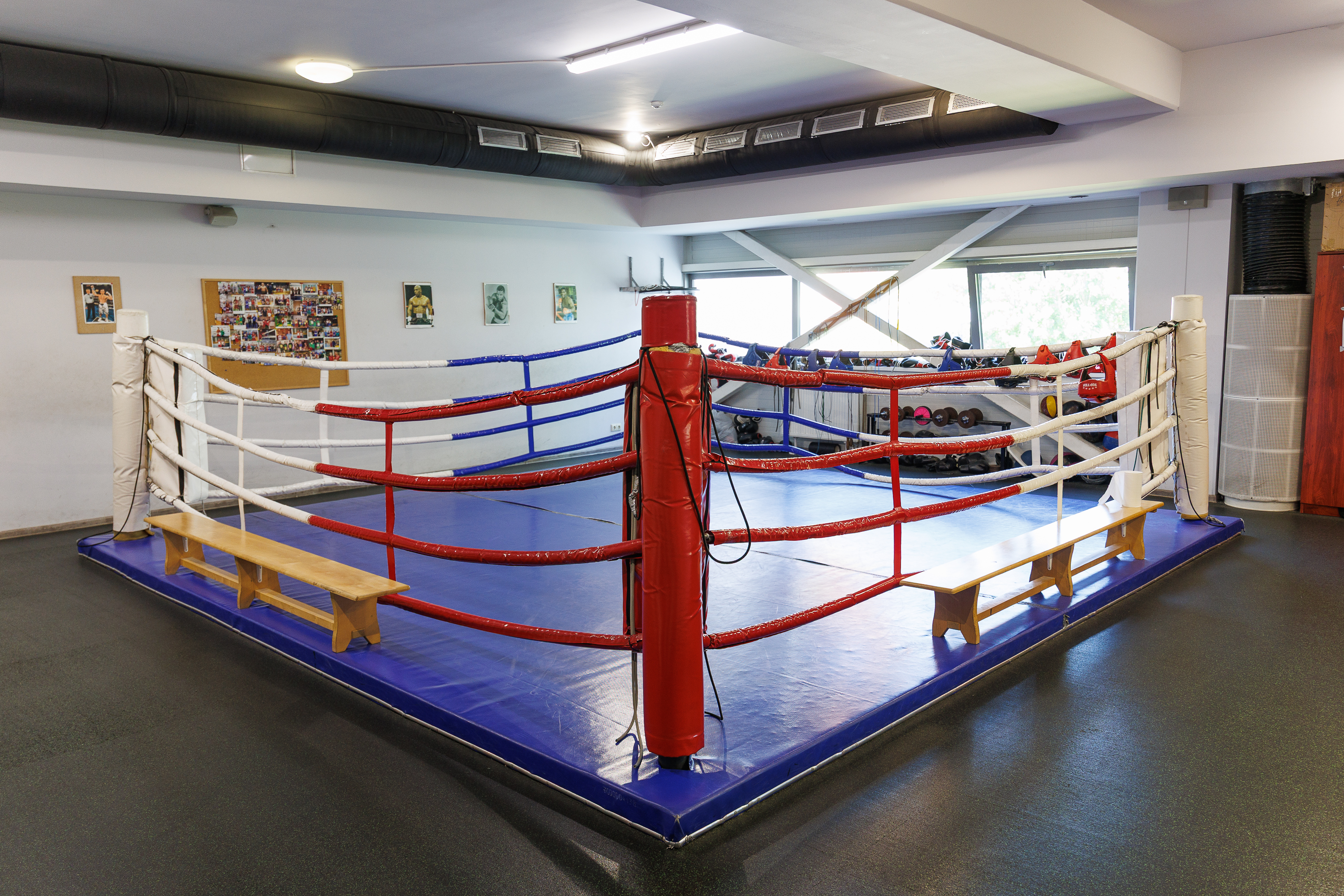The « ancestors » of the cold bars were suitable for both nobles and peasants (recipes)

One of the oldest dishes
According to prof. R. Lauikas, 17th -18th centuries. The celebration of beard and cold beard and all kinds of leafy, green -haired, kneeling in ethnic culture allows you to say that borscht is one of the oldest known dishes. They were eaten by people of all social strata, from poor peasants to nobility and rulers. What version of the meal – hot or cold – on the table, was determined by the time of year.
« In the 17th century Radvilos chef’s notebook, the fasting borscht is described, boiling from the wild plant – the arc borsch, the leaves, thickened with a little flour, whitening the poppy or almond milk. Probably the first mention of the really cold meal came from the 17th century: Kristijonas Donelaitis’ name (Kaltschale), ”says Prof. R. Lauikas.
According to the scientist, the oldest detailed recipe for the cold bangs was written by Paul Trem, the Kuchmist of the last ruler of the Republic of Both Nations, Stanislovas Augustas Poniatowski Manor. at the end of the end. They are called Polish: Chołodziec, Chłodziec, Chlodnik (Cold). Such cold borschs needed sour cream, pickled cucumber rasal, fresh and pickled cucumbers, onion leaves, dill, cooked beets and their leaves (or sour), lemon juice, crayfish neck, sliced chicken or veal.
« Probably the first name of the ‘Lithuanian Cold Barkers’ was used in Polish by Adam Mickiewicz in the poem » Mr. Tadas « . Well, the author of the first gastronomic book in Lithuanian, Liudvika Didžiulienė-human being, came up with the name of the Lithuanian-cold borsch. Around the same time, the name of the « refrigerator » was not pronounced by Vincent Zavadzka and Lazdynai Owl, « Prof. R. Lauikas reveals the peripeties of the pink dish.
Rimvydas Lauikas / Photo by Personal Archive
Why the ingredients are different
According to the gastronomic heritage researcher, historically no dish existed in one typical form. The « ancestors » of beaches and cold bars were only followed by the basic composition.
« This is probably a meal made from wild plants or beetroot leaves, boiling them with the same sour leaves in liquid, grove or specially made yeast and whitening sour cream would be acidic. lemon juice or dry wine.
If a saturated meal is cut into eggs, meat, fish or crayfish, add grits. If you want more vegetables, cucumbers, asparagus, cauliflower were suitable, ”says a gastronomic heritage expert.
In addition, it was once not to eat cold borsch with potatoes, but potatoes with cold borsch. « In the historic cuisine, most of the less rich people at home have a nutritional basis of cereal meals (porridge, pancakes, bread). To prevent starvation, from the end of the 18th century, potatoes have been popularized with us that have been difficult to make. So sour milk, borsch or cold borsch were saved. This is less needed when eating cold borschs, and the potatoes are not integrated, ”observes R. Lauikas.
Probably the first mention of a truly cold meal came from the 18th century: Kristijonas Donelaitis’ poem « The Year » is mentioned by Kuršolis.
He adds that in the 20th century. In the first half of the 19th century, we would find dozens of different cold borsch recipes in Lithuanian rural culture. And some of them really weren’t pink. It depended not only on the taste of the family but also on the yield of the Earth.
« Where the lands were less fertile, the gardens came later, and the variety of vegetables was smaller. It is likely that in such regions (southeastern Lithuania) more commonly used white beet leaves rather than red beetroot. In Lithuania, probably due to the influence of Livonia, herring is added to the cold borscht, ”says the professor.
Try an ancient recipe
For those who want to diversify traditional cold borscht, R. Lauikas recommends making them according to the 19th century. The recipe for Vilnius Kuchmist J. Szytler from his book « Skrzętna Gospodni, Czyl Tom Druggi Kucharki Oszczędnéj » (Vilnius, 1846).
Cold barrels of acid and bat (beet leaves and stems) are not corrected.
« It is universally known how useful and delicious the coldtric (chłodniki), especially in the summer, during heat, when they are refreshing and indispensable. There are people who love them passionately, but only without some ingredients. Fresh cucumbers have been cut from the shells in the red side;
And here’s the basic recipe. « Take fresh, sour cream. Roll out the dill of the green with salt, which gives a special taste and smell. Cleaned, sliced and water -boiled sour acid to prevent water from remaining and diluted with tarragon vinegar as you want. Liquid.







